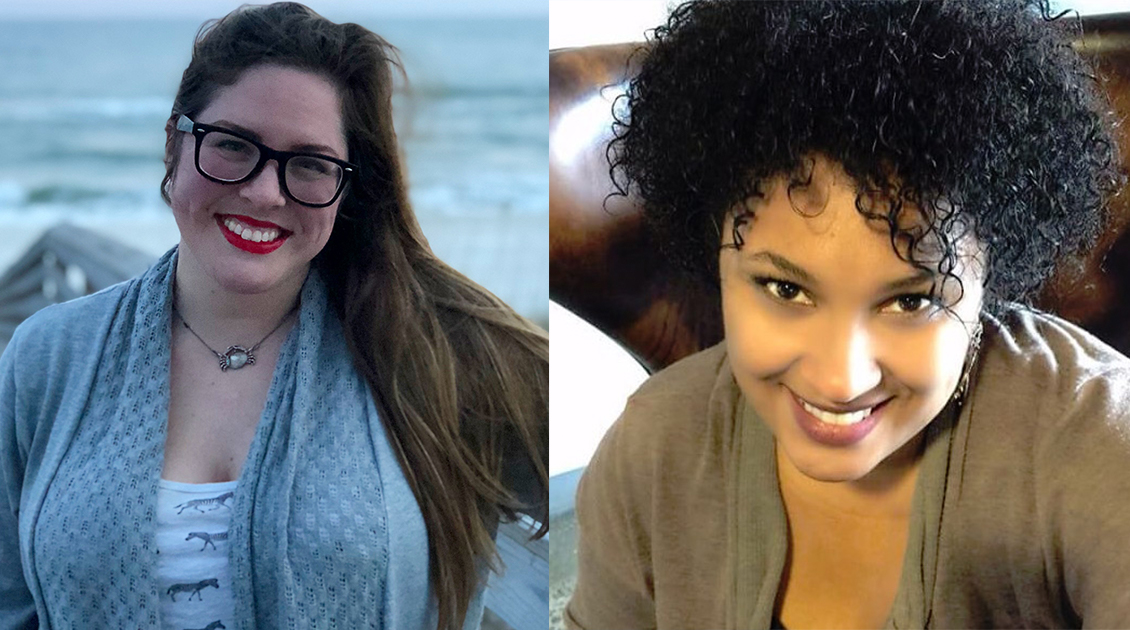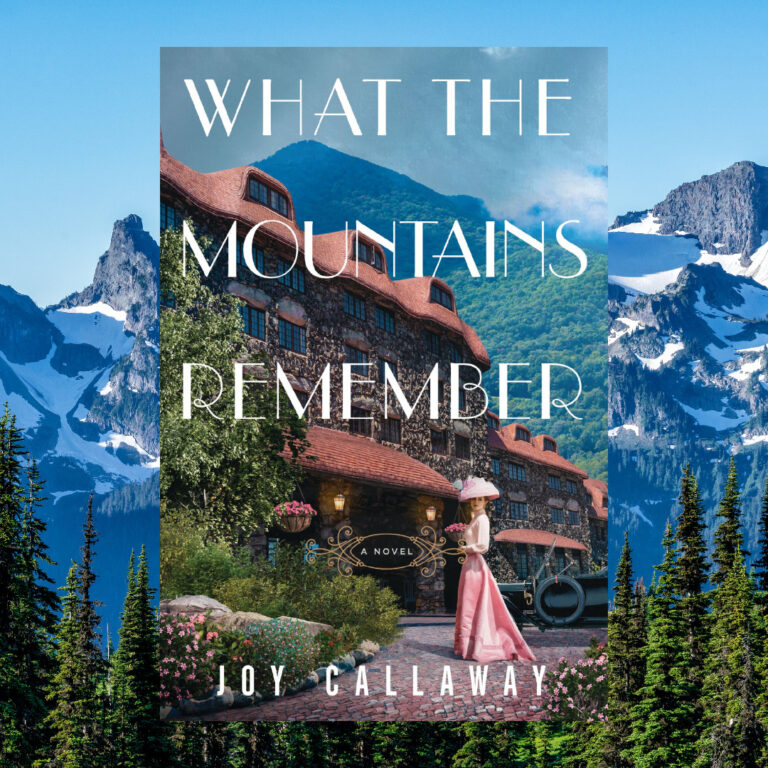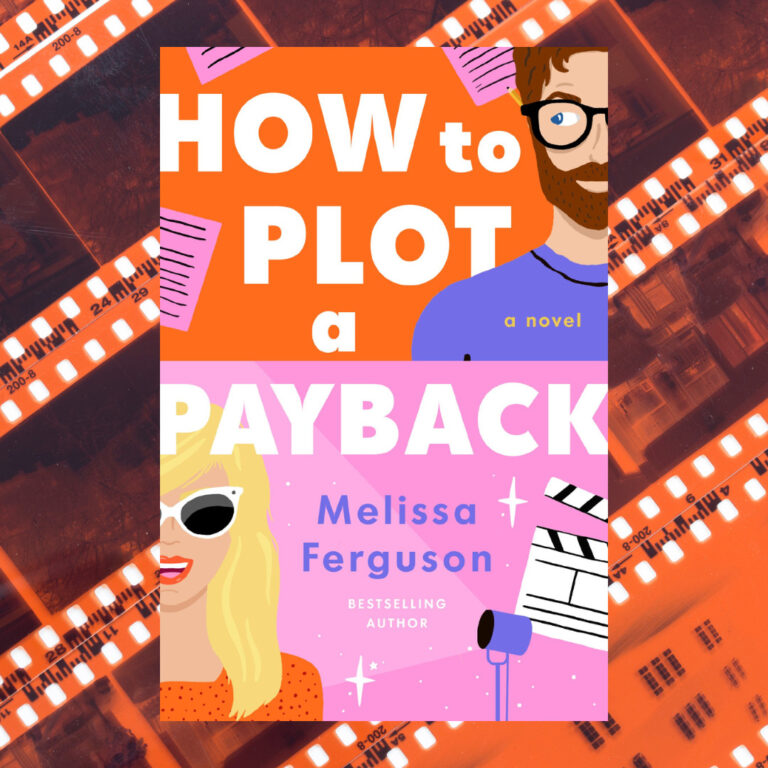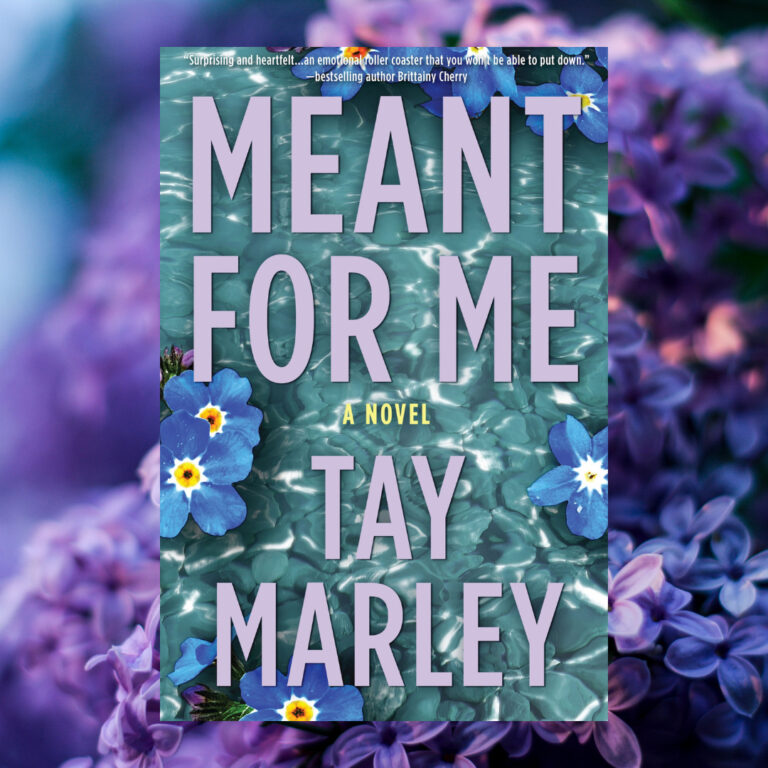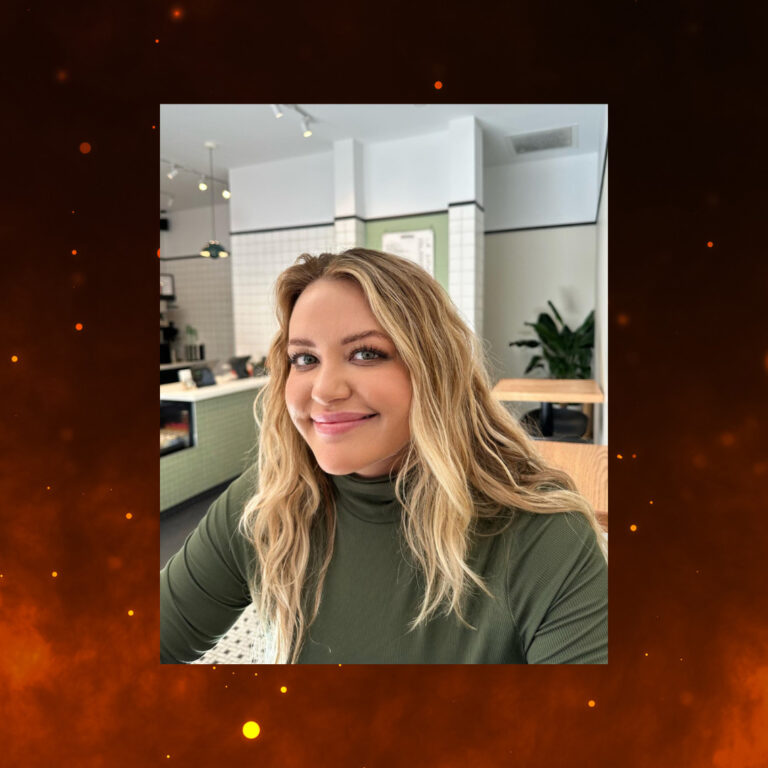I subdued my inner fangirl long enough to have a little chat with USA Today Bestselling Author Sierra Simone. The purveyor of some the most gorgeous, layered erotic prose you’ll ever read shared her perspective on a variety of subjects, ranging from the Pope to the dire need for diversity in romance.
KR: Before we dive into discussing your latest release Sinner, let’s talk a little about a few general themes in your work. You’re incredibly adept at taking “taboo” or boundary-stretching narratives and creating stories that hold huge mass appeal, specifically with Priest and last year’s massively successful New Camelot series. What about those particular stories do you think readers craved? What appetite do you think you tapped into?
Sierra: I think romance is one of the best genres to interrogate boundaries and to put complicated things in conversation with each other for the simple fact that the reader trusts you’ll handle the topics in question with a sense of optimism and justice. On top of that, I think there is a real hunger, in any genre, to walk away from a book having been “reached” by the story or themes. One of the benefits of those taboo topics is that they immediately pierce to the core of our deepest held beliefs… for better or for worse!
KR: Given the Pope’s recent comments cracking the door to permitting married priests, and the rising surrounding debate, I have to ask about the seemingly dichotomous themes of eroticism and religion that run through your work. We see Father Bell from Priest and Zenny from Sinner forsake their prescribed paths into the Church for love. What about this theme intrigues you? What about it do you think draws readers so much?
Sierra: I think in the most elemental, storytelling sense, there’s something compelling about a love being so powerful and necessary that it calls to a character as much as a vocation. But perhaps even deeper than that, I think there’s a need for stories that portray love as having a spiritual dimension (as opposed to merely an emotional or intellectual one), and it’s easiest to depict love in that light with characters that are already spiritual and have already accepted and grown into that piece of themselves.
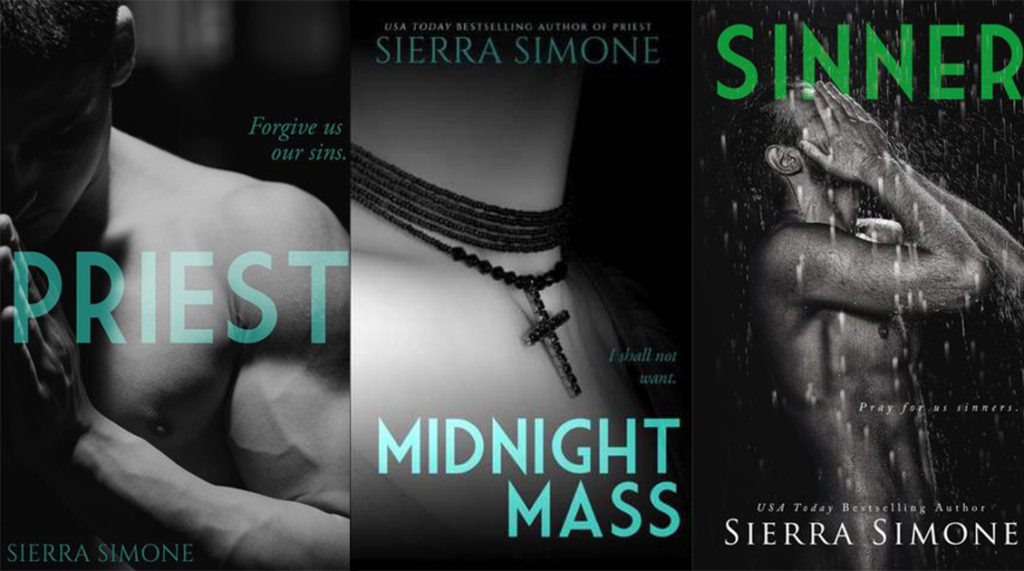
For myself, I find that I’m endlessly fascinated by the (often) messy intersections of humanness and the divine. By what things we name sacred and what things we name profane, and why. To me, almost every facet of being human and living in a human body is charged with sacred meaning — why not sex as well?
KD: There has been a lot of talk about diversity, or the lack thereof, in the romance community recently. As a POC author navigating mainstream waters, I sometimes encounter certain invisible, but very real, barriers. As a romance reader growing up, it was even harder to find POC characters in mainstream romance. White characters in mainstream romance are so much, by and large, the default, that when you encounter a POC character, it feels… intentional, even if race is incidental. I especially notice a scarcity of black heroines in mainstream romance. You’re much more likely to see black heroes, so I was encouraged to see Zenny, an African-American woman, as the heroine of Sinner. According to 2017 reports, we actually experienced a decline in POC characters and authors last year. Why do you think so (relatively) few authors are writing characters of color? What did you feel was the same? What, if anything, was different?
Sierra: The fact that romance has gotten whiter even since we’ve started gathering data on the industry shows just how deeply the systemic bias against POC authors and books with POC characters goes. And the reason for the bias goes something like this: readers of (insert whichever background being discussed) don’t buy books. (Even though Pew Research found that the most likely demographic to read a book in any format are black women who’ve been to college. Even though the only exclusively romance brick and mortar — The Ripped Bodice — reported that that 60% of their 2017 bestsellers were written by authors of color.) I think authors are faced with a variety of hurdles when it comes to writing diversely — the fear that a book or cover featuring a POC character won’t sell is a pervasive one, and if an author is publishing traditionally, there’s a very real fear that they won’t find a home for an inclusive story with a publisher, given that those publishers have such awful track records with having inclusive lists. When the author in question is white, there’s some additional considerations: am I telling this story responsibly? Is this a story that I, as a white author, am qualified to tell? Am I taking space that belongs to an Own Voices book?
With Sinner, all of these concerns factored into my writing and research. As a non-marginalized author, it was vital and necessary that I fold in the feedback of authors and readers that shared Zenny’s background as a black American. And afterwards, I found sensitivity readers (more than one, because no group of people is monolithic) and incorporated their notes as well, from everything from particular plot points and character moments to specific language and phrasing. It was crucial to listen and to learn, and I think that if, as authors, we’re willing to listen and learn from, say, a firefighter when we’re writing a firefighting book, or an Englishwoman to make sure we get our cream teas and “bloodys” right, then why wouldn’t we approach writing a character outside of our experience the same way?
KR: Many deem it as “risk” to write these characters in the mainstream. What, if anything, compelled you to do it? Why is it… or is IS it… important?
Sierra: I think right now confronting whiteness, straightness and issues of ability in romance is some of the most crucial work any author can do. (And to clarify, I do think that there’s a difference between what I’d call an Identity story — that is, where the character’s growth/arc involves them interrogating or grappling with their identity as a marginalized person — and a story where the character is in a stable place with their identity. I think any Identity story is best left to an author of that identity and background). I think that if romance is going to continue having value as a space for feminism, optimism, and justice, then it’s necessary that it no longer be a haven for whiteness and straightness, and that it reflect back to readers the world as it is.
KR: Backing up to Priest, I loved that Father Bell and his mother read Sarah Maclean. I know you’re an avid reader of historical romance. What do you love about these stories? If there are any “virgin” historical readers, what are a few you would recommend to start?
Sierra: Ah, yes, I love historical romance! The thing I love most about historical romance is that conflict is built into the subgenre — there’s never something as easy as meeting someone, having sex and then you’re off to an HEA! The subgenre folds in complications of class, etiquette, geography, and the restrictions within the world-building create the best kinds of tension. New to historical readers might love the upcoming The Wicked and the Wallflower by Sarah MacLean, anything by Beverly Jenkins, An Extraordinary Union by Alyssa Cole, The Lawrence Browne Affair by Cat Sebastian, The Chief by Monica McCarty, The Highwayman by Kerrigan Byrne, or of course, the book you introduced me to, Lord of Scoundrels
photo credit: Julie Murphy

